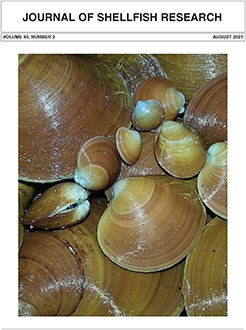During the past 2–3 decades, the spatiotemporal distribution of Mytilus spp. in coastal waters of the North Atlantic has changed considerably. In general, reduced abundances of Mytilus are observed, but there is a great degree of local variation, and some areas are also experiencing recovery after declining events. In this review, hypotheses regarding the causes behind the changes are presented with focus on a Swedish perspective. Excessive exploitation of mussel banks combined with direct and indirect effects of climate change are most probably the main drivers of Mytilus spp. decline in large parts of the North Atlantic. On the Swedish west coast, the wild stocks have disappeared despite no overfishing. Paradoxically, they thrive in mussel farms and on other non-demersal substrates. Changes in predation from, for example, increased wintering populations of eiders (Somateria molissima; 10-fold) and green crabs (Carcinus maenas; 3-fold), alteration of natural substrates elicited by eutrophication, and exacerbated by climate change (increased sea surface temperature, precipitation and extreme weather events) are most likely the key factors for the decline. Most anthropogenic stressors may not be decisive by themselves, but combined effects can potentially be fatal to Mytilus spp. adults and larvae.
How to translate text using browser tools
14 September 2021
Declining Populations of Mytilus spp. in North Atlantic Coastal Waters—A Swedish Perspective
Susanne Baden,
Bodil Hernroth,
Odd Lindahl

Journal of Shellfish Research
Vol. 40 • No. 2
August 2021
Vol. 40 • No. 2
August 2021
climate change
direct and indirect effects
Mytilus spp. decline
North Atlantic
Swedish west coast




